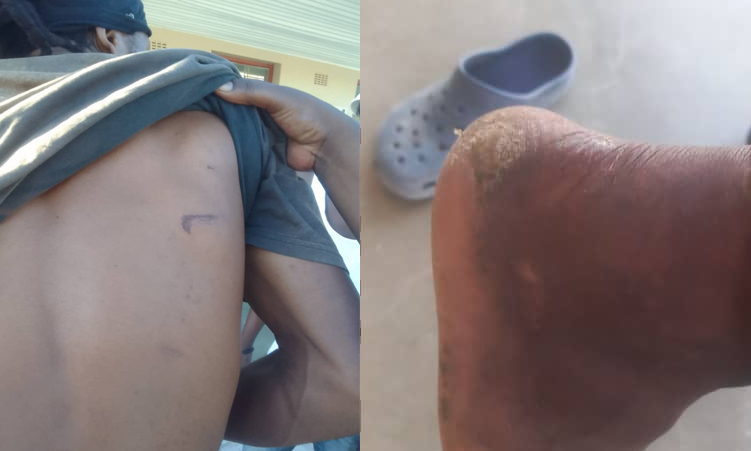PEOPLE travelling around the country will notice yellow cobwebs spanning from tree to tree in the veld.
Millions of black-and-yellow orb weavers, also known as garden spiders, can be seen everywhere. They hatch in sacks that contain up to 1 400 eggs.They moult inside these nests before emerging in spring.Females of this species grow to a much larger size than males.Adult female body length ranges from 19 to 28 millimetres, while males reach only five to nine mm.In both sexes, the shiny, egg-shaped abdomen has striking yellow or orange markings on a black background.The front part of the body, the cephalothorax, is covered with short, silvery hairs.Legs are mostly black, with red or yellow portions near the body.The spiders have three claws per foot, one more than most spiders.Orb weavers use this third claw to help handle the threads while spinning.They also have a venomous bite that immobilises prey caught in their webs.Once they mature, males of this species leave their webs and wander off in search of females.When they find them, they wait around the edge of their webs, sometimes building small webs of their own.After mating, each female produces one or more brown, papery egg sacks.They are roughly round in shape and up to 25 mm in diameter; each contains 300 to 1 400 eggs.Each female watches over her eggs as long as she can, but she will die in the first hard frost, if not before.The male, however, dies right after mating and the female pushes his body from the web.These spiders have relatively poor vision, but are quite sensitive to vibration and air currents.Males communicate with potential mates by plucking and vibrating the females’ webs.They hatch in sacks that contain up to 1 400 eggs.They moult inside these nests before emerging in spring.Females of this species grow to a much larger size than males.Adult female body length ranges from 19 to 28 millimetres, while males reach only five to nine mm.In both sexes, the shiny, egg-shaped abdomen has striking yellow or orange markings on a black background.The front part of the body, the cephalothorax, is covered with short, silvery hairs.Legs are mostly black, with red or yellow portions near the body.The spiders have three claws per foot, one more than most spiders.Orb weavers use this third claw to help handle the threads while spinning.They also have a venomous bite that immobilises prey caught in their webs.Once they mature, males of this species leave their webs and wander off in search of females.When they find them, they wait around the edge of their webs, sometimes building small webs of their own.After mating, each female produces one or more brown, papery egg sacks.They are roughly round in shape and up to 25 mm in diameter; each contains 300 to 1 400 eggs.Each female watches over her eggs as long as she can, but she will die in the first hard frost, if not before.The male, however, dies right after mating and the female pushes his body from the web.These spiders have relatively poor vision, but are quite sensitive to vibration and air currents.Males communicate with potential mates by plucking and vibrating the females’ webs.
Stay informed with The Namibian – your source for credible journalism. Get in-depth reporting and opinions for
only N$85 a month. Invest in journalism, invest in democracy –
Subscribe Now!










